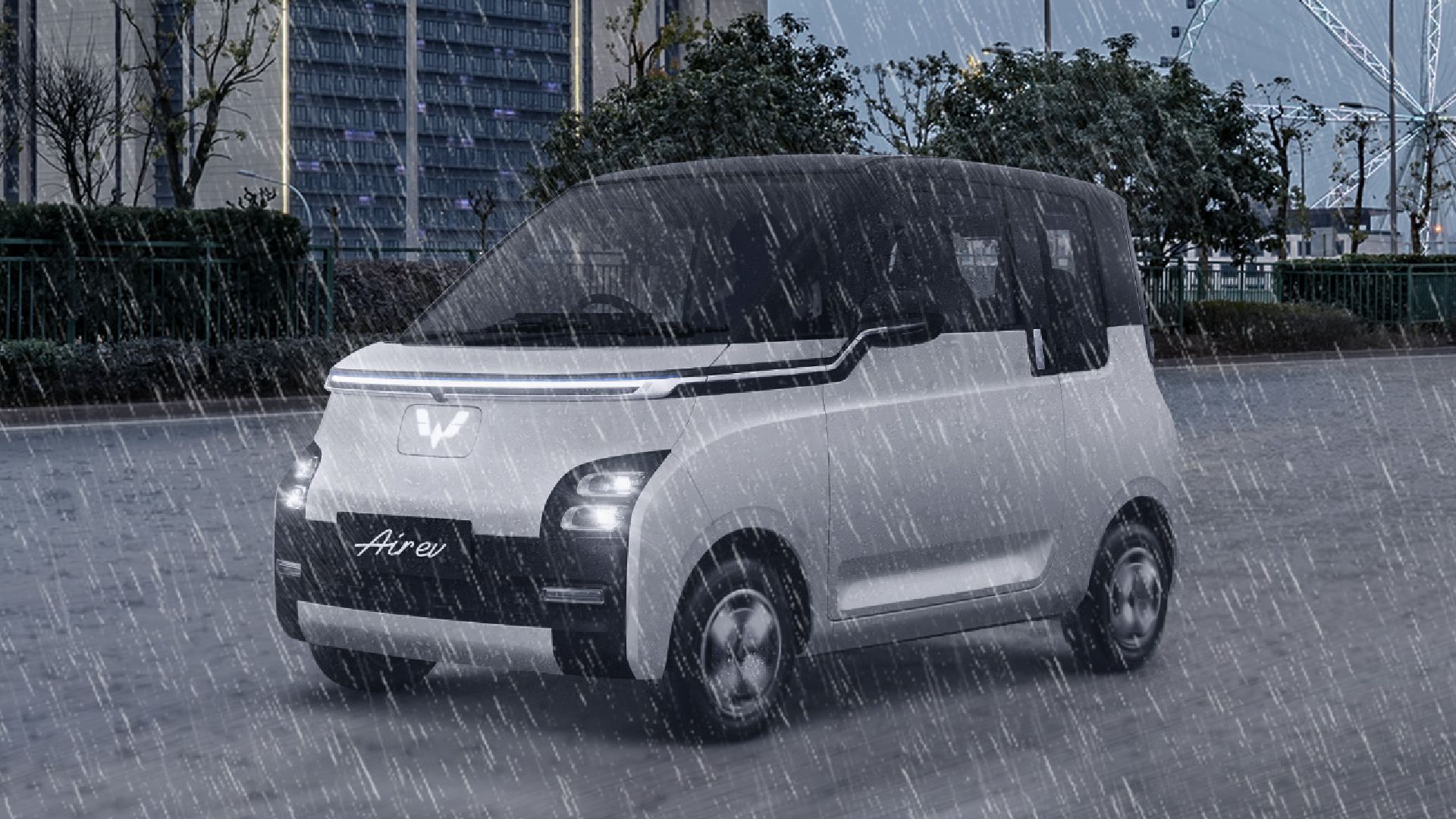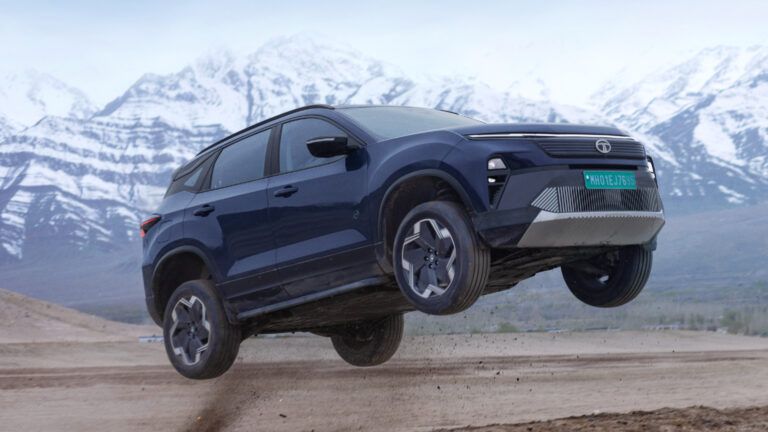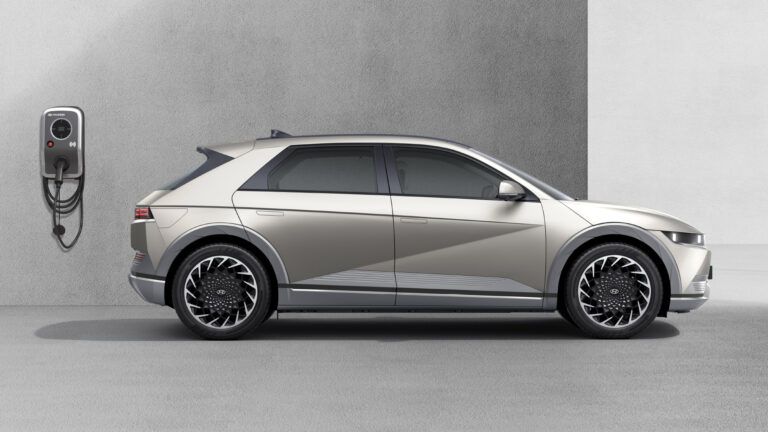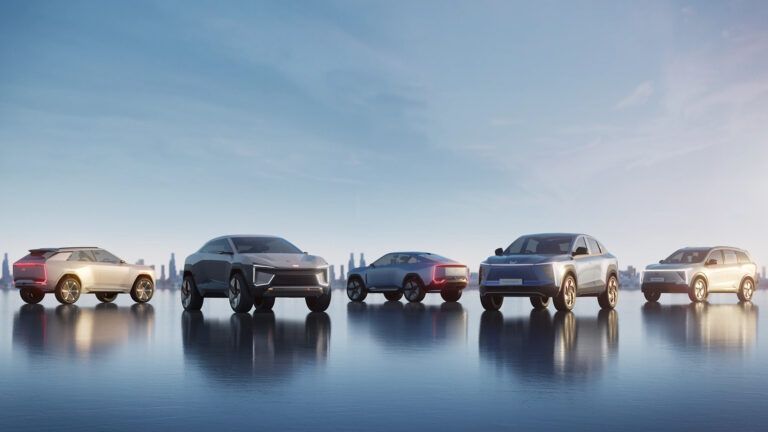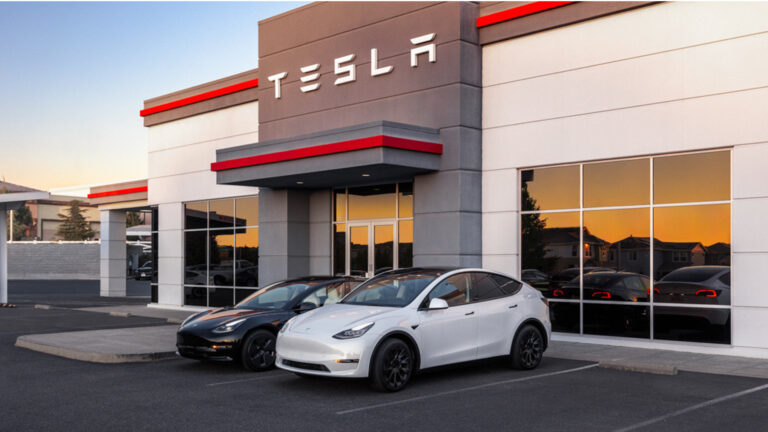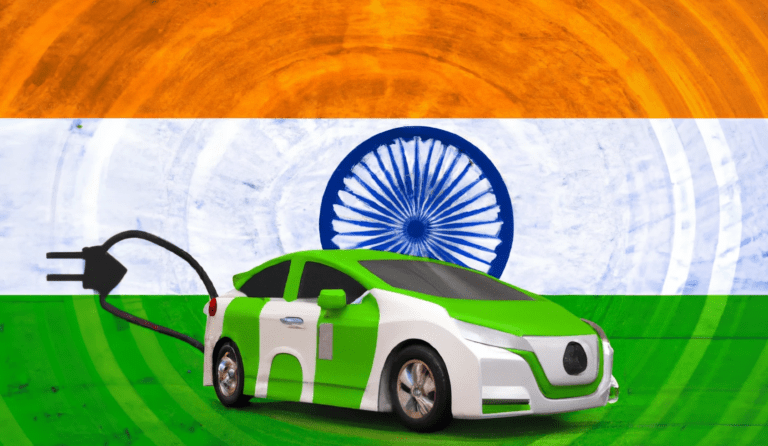Monsoon 2024 has started in India, and it brings with it heavy rains that pose a threat to vehicles. Moreover, the country is experiencing worsened conditions due to frequent cyclones.
In such a season, daily car maintenance can be challenging due to heavy rain, road waterlogging, and electrical problems. However, it’s the electric cars that are particularly vulnerable to bad weather conditions.
Since Monsoon 2024 is here, everyone is wondering if electric vehicles can withstand the rainy days. It’s not practical to stop using your EV during monsoon season.
You can follow practical steps to maintain your electric car and keep it safe during the rain. Here are some helpful tips to help you protect your electric car during the monsoon.
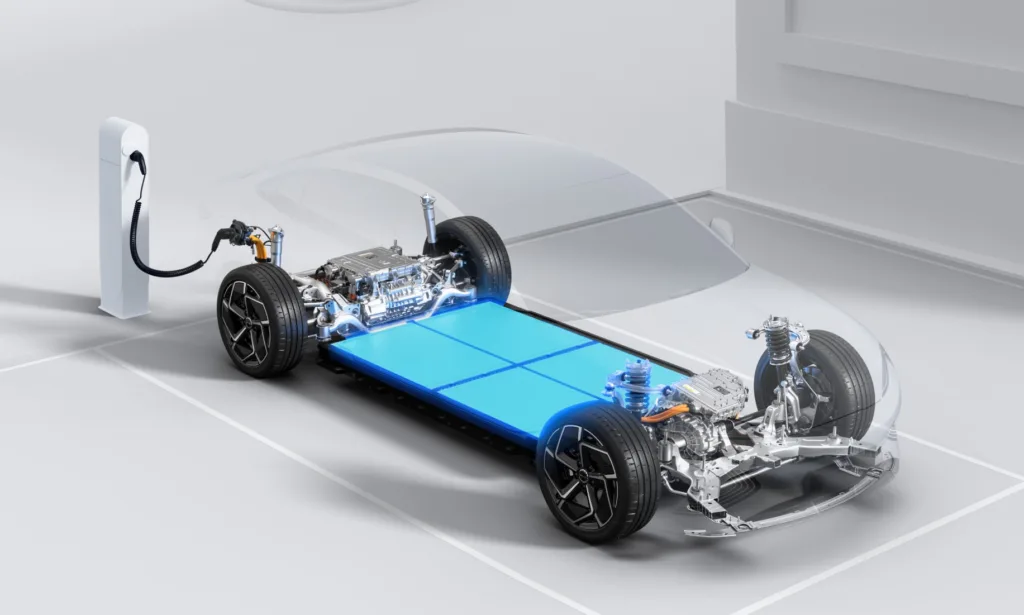
Maintain Battery Health
As an EV owner, you must know that the battery is an essential part of an electric vehicle. Thus, keeping the battery pack and electrical connections sealed is crucial, especially during the rainy season. Also, look for any signs of water leaks or corrosion and fix them right away.
Remember, when purchasing an electric vehicle, you should know about its Ingress Protection (IP) ratings. Battery packs with IP67 ratings can handle waterlogged conditions without much damage. However, avoid prolonged exposure.
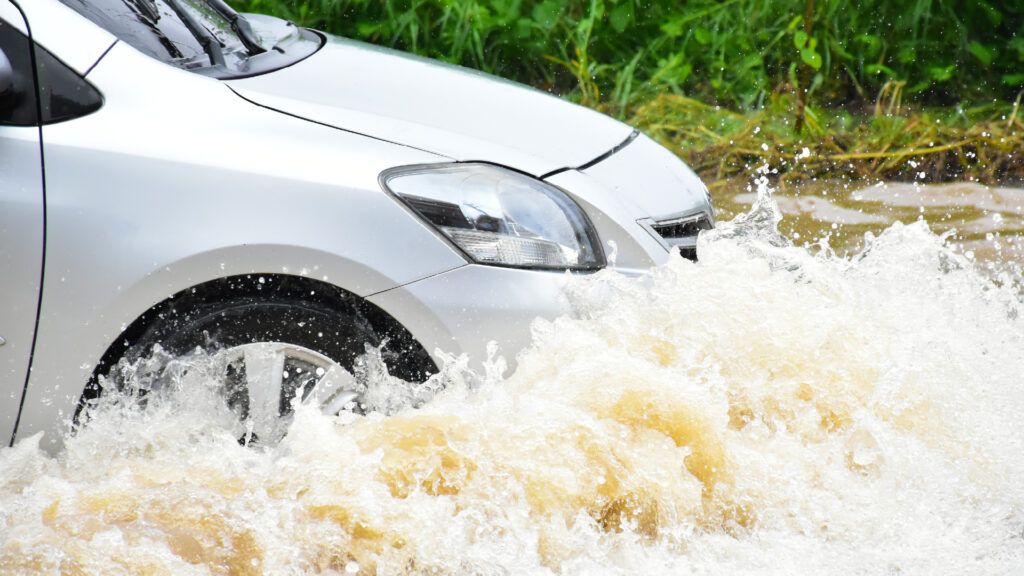
Avoid Driving Through Deep Water
Driving electric vehicles through deep water can pose hazards due to their sensitive electrical systems. With an IP67 battery rating, the vehicle can stay submerged in water up to one meter deep for several minutes without any leakage.
However, it’s advisable to avoid driving through flooded areas because water can harm the battery pack and other electrical components. So, if you encounter waterlogged roads, consider finding another route or waiting for the water to recede.
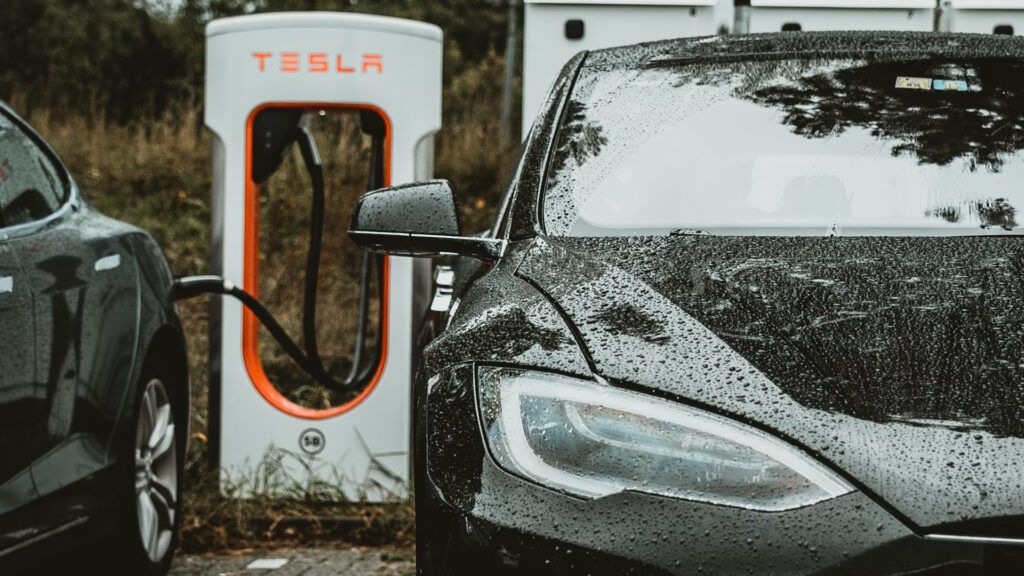
Protect the Charging Equipment
In India, EV chargers must adhere to specific safety standards. Therefore, the manufacturers ensure to protect the car and its occupants from electrical shock.
However, it’s crucial to keep your charging equipment dry, especially during the monsoon. Make sure your outdoor charging station has sufficient coverage and protection from rainwater. Also, it is advisable to refrain from using a portable charger in wet conditions to prevent electrical hazards.

Check Tyres and Braking System
Dirt, dirty water, and potholes can contribute to wear and tear on your car’s tyres during the rainy season. So, thoroughly check the tires and make necessary repairs to avoid slips or punctures. Also, maintain the car’s tires inflated to the manufacturer’s recommended level for improved grip and stability.
Another crucial thing is to maintain the braking system in good working condition. Thus, regularly test the brake pads, discs, and drums by a professional.
Replace any worn-out parts in the system immediately. Also, inspect the hydraulic system and brake fluid, as these problems may cause brakes to weaken or become ineffective.
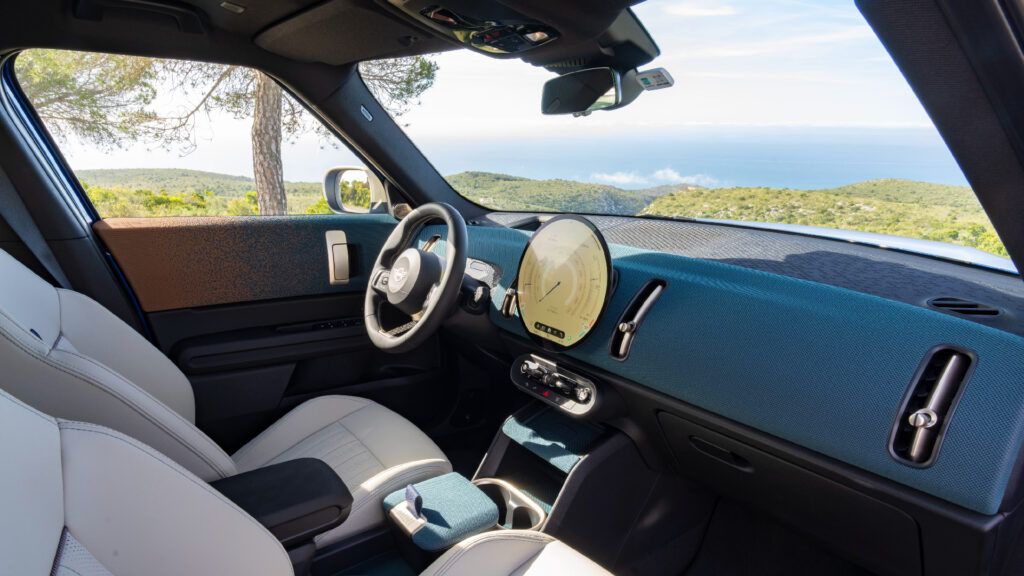
Protect Interior and Inspect the Wiper
One thing that most car owners forget is the interior. Make sure rainwater doesn’t enter the vehicle’s interior, as it could damage electrical components and upholstery. Also, double-check the windows and doors. Inspect the vehicle for leaks or excessive moisture.
Keep the car’s wipers in great shape during rain to maintain clear visibility. Also, monitor the wiper blades for signs of deterioration and replace them when necessary.
Wrapping Up
In general, modern electric vehicles can endure challenging conditions, such as heavy rainfall. Despite this, it’s wise to adhere to basic guidelines from the OEM to ensure safety and peak performance.

